Hut Culture
Tonight we have the tiny bivouac hut to ourselves. Can't imagine why.
Maybe it has something to do with the fact that the wind wants to tear this tin box off its rock pedestal at 3662 meters, which I’m told makes it the highest hut in Switzerland. It has no stove, no fuel, no food, just a table and a six bunk cots that fold up so that one can sit at the table. It’s reasonably comfortable for two people. And it’s fun to feel it heave from each blast of wind, at least when you ignore that the same wind might continue tomorrow as we try to climb the west ridge of the 4314-meter Grand Combin, one of the highest peaks of western Switzerland. Were we not attempting this climb in the morning, it would have been tempting to stay at the fully serviced Valsoray Hut 300 vertical meters down a steep slope of very loose scree (fine rocks with larger rocks mixed in). All in all it’s hard to imagine that a hut was placed up here at all considering how few people use it (the latest logbook entry is from the Moscow Tour Club three weeks ago). But this is the Alps, and huts appear in the most improbable places. It’s a culture of huts that Americans don’t know at all, except for a few recent ski huts and the old ones in New England.
There is far more to say about Alpine hut culture than I have time for here, but rare is the European climber or mountain walker who would head out with a tent, or for that matter a stove or a sleeping bag. Most would rather travel light and eat well. Indeed, there is nationalism in bragging rights about the quality of the dining, with Italians sure that theirs is the best.
I’d break the hut experience into roughly four categories. There are the huge huts that are more like mountain hotels like those I experienced on the Austrian border, both on the Austrian and the Swiss sides. These might hold 100 or more people, though many are smaller. While there may be large dormitories, there might also be rooms with only a few bunks. Typically they’ll have showers. Most of these are serviced by a road, though usually only the guardian can use it. Guests must hike in, often many kilometers.
There are rougher, smaller full-service lodges that provide communal dining of whatever is served (usually excellent) and flats of bunk beds where everyone sleeps shoulder to shoulder and you hope your ear plugs are sufficient to quiet the din of the snoring. No showers. Provisions are usually delivered by helicopter. Expect to pay as much for your meals and your bunk as you would at a reasonable hotel. Water is typically about $10 for a 1.5-liter bottle, sometimes because it’s flown in, and sometimes just because the guardian knows he can charge that.
Rare but special are the unguarded but well maintained huts like the Bouquetins, where you carry your own food but might find a wood stove (wood delivered by helicopter) and possibly a gas stove for cooking (better check in advance before counting on it). Outhouse nearby.
And then there are the bivouac huts, like the one I’m in tonight. It’s a heck of a lot more comfortable than a tent, assuming no one else is also occupying it. No outhouse. Splendid views out the tiny windows.
Needless to say, there’s much more of a social scene at the more popular huts. You never know who you might run into, or what interesting project someone is up to. At the Chandrion hut a 69-year-old mountaineer named Jacques Borca came up to me while I was sunning on the front deck. He said, in French, “Excuse me, but you look a lot like Gary Hemming.” Well, Gary Hemming was a best friend and climbing partner of my father’s, and they looked quite similar. It turns out that Jacques had met both Gary and Dad in Chamonix in the early 1960s. At a hut on the Italian Ridge of the Matterhorn a dozen years ago I had a similar experience. A Czech party was intending to climb it the next day, and during dinner I noticed that one older fellow was staring at me for a very long time. Finally he sent over a younger climber who spoke English to ask if I was John Harlin. He didn’t know that I existed, but he was of my father’s generation. Needless to say, I look a lot like my father. Admittedly such experiences aren’t common, but they’re a personal example of the sort of people contact one can have in mountain huts, which is a far cry from my many nights in my solo tent or even in hotels in town, which are much less interactive because you’re not eating communally with fellow mountain aficionados. Alpine hut culture is truly something to experience.
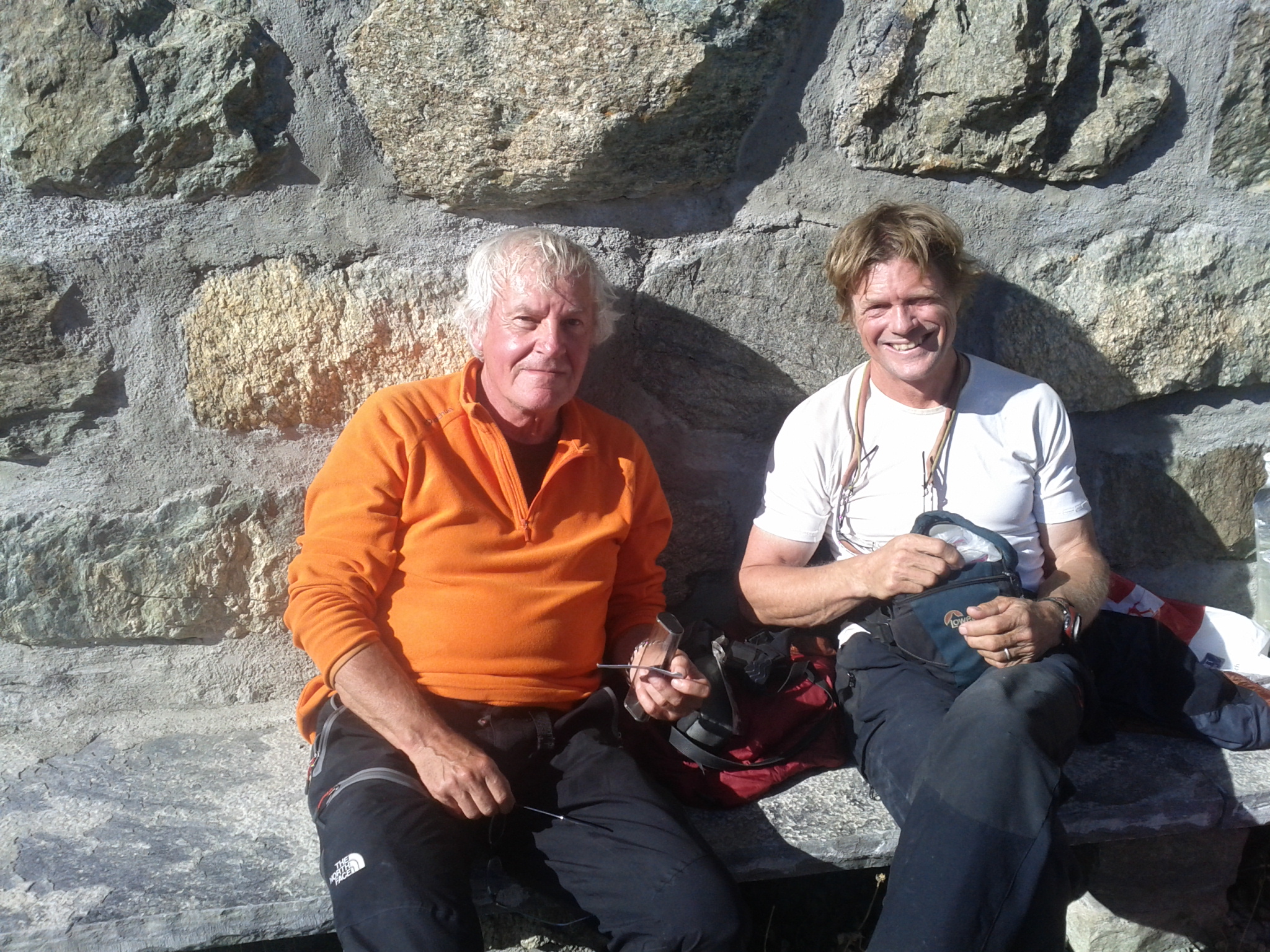
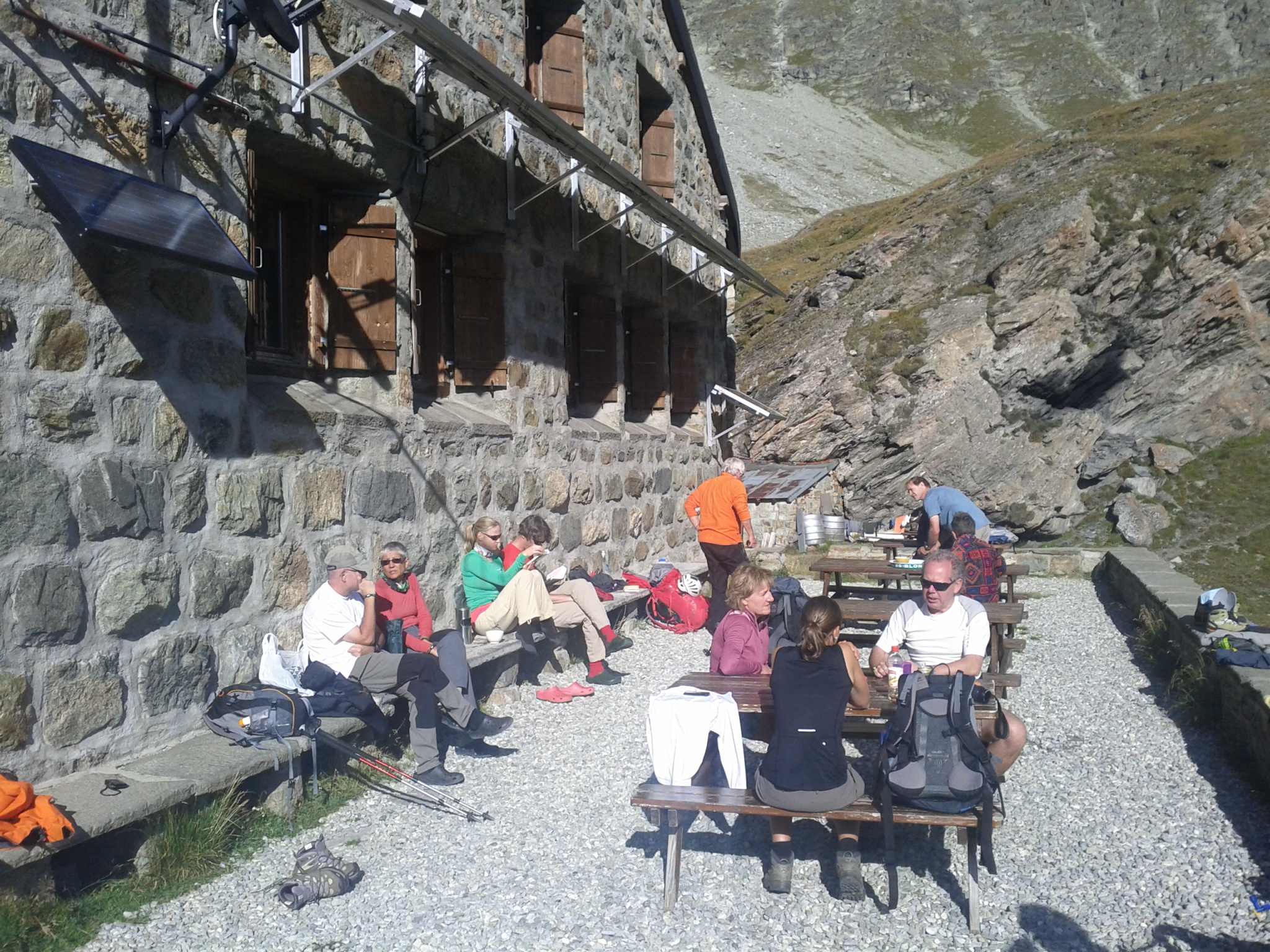
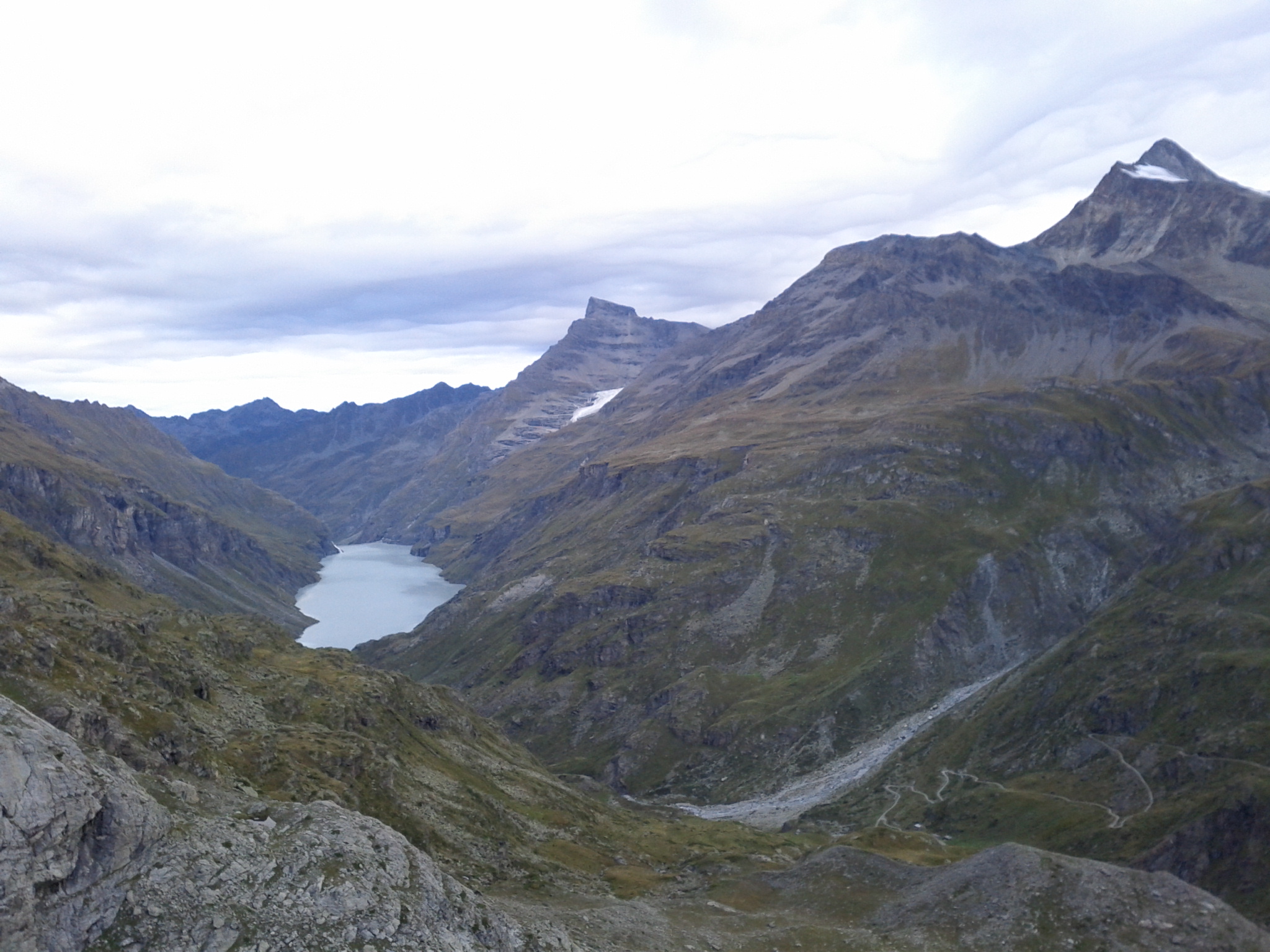
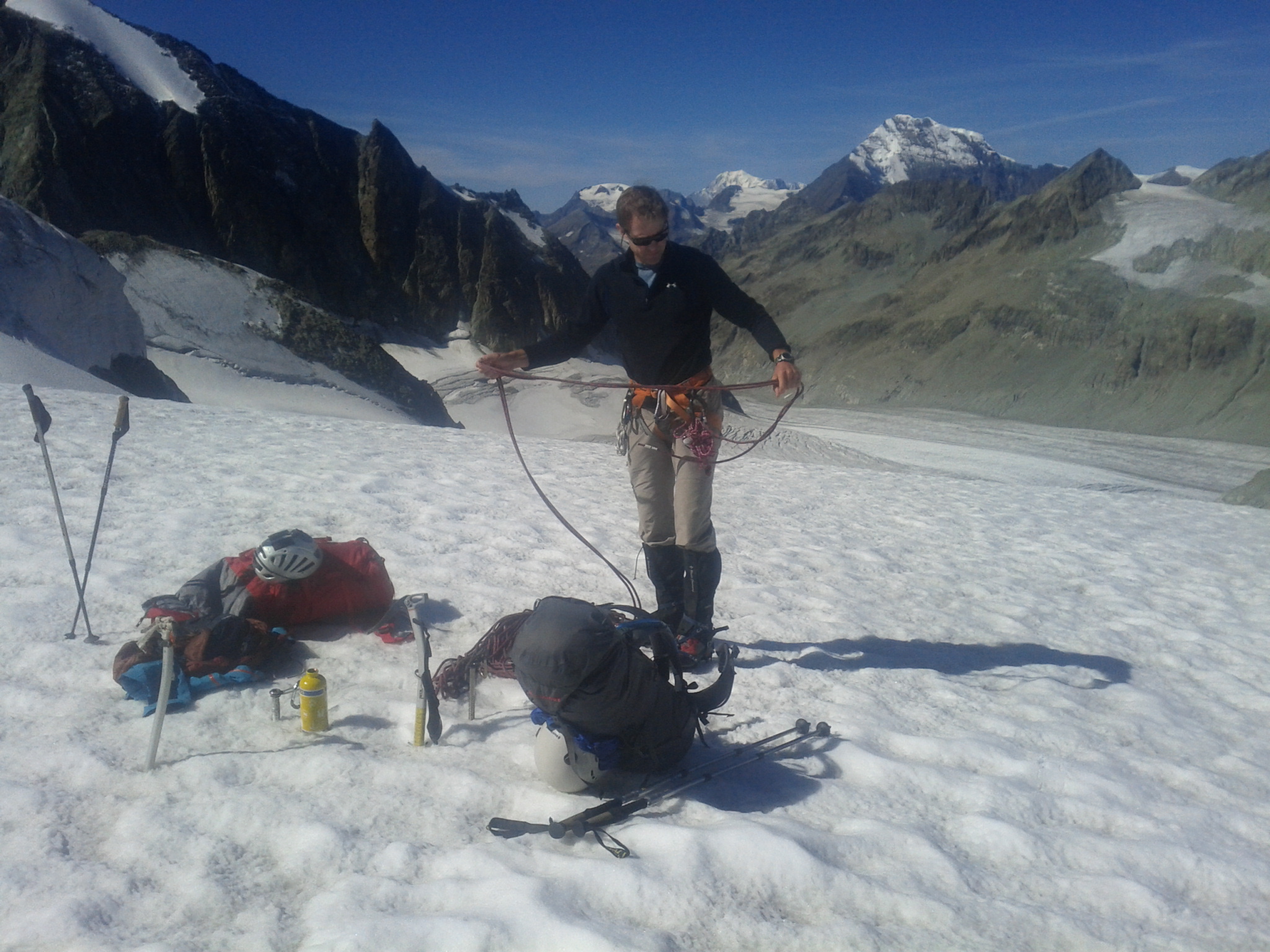
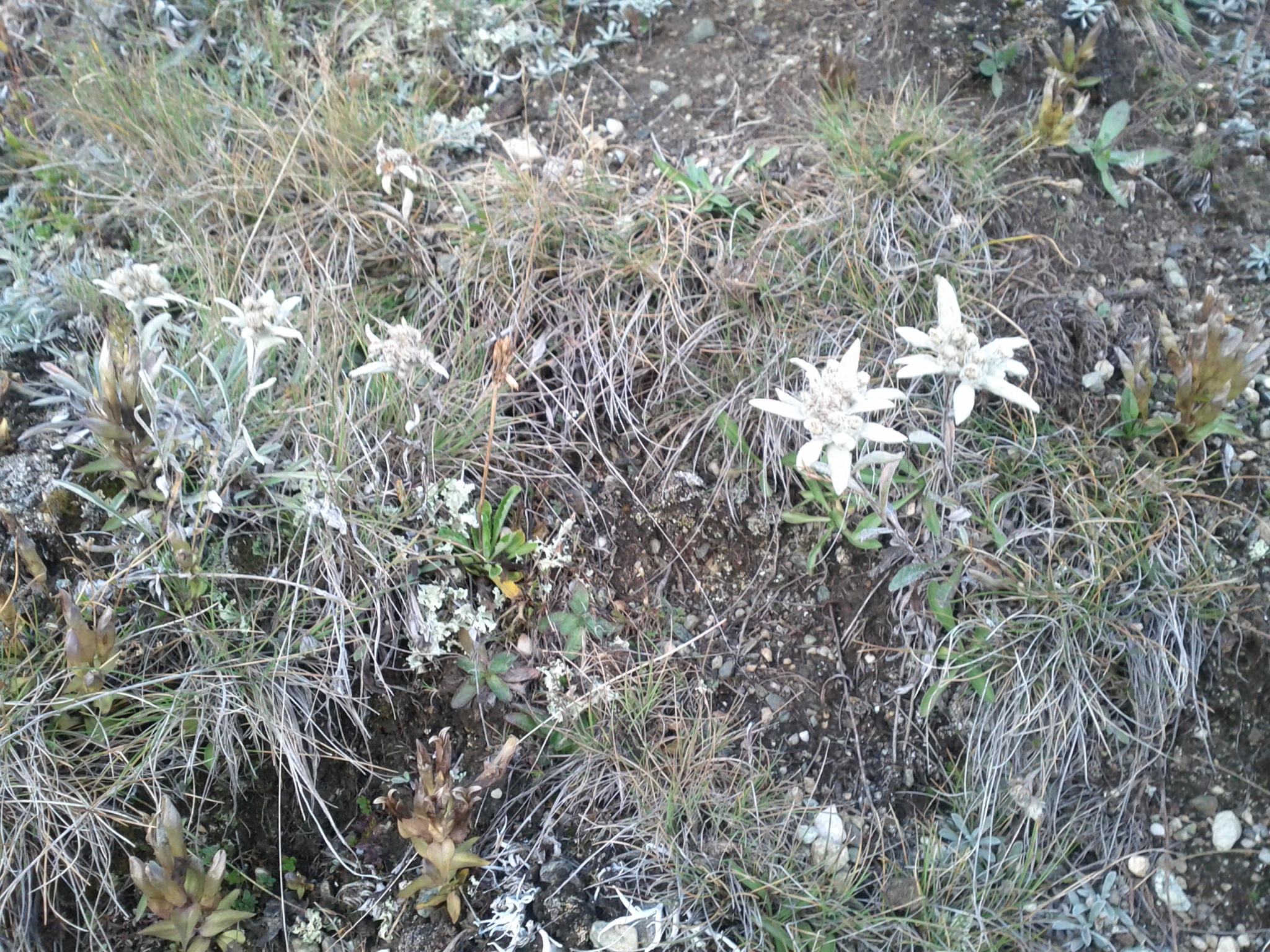
You can find an overview of ongoing debates with our journalists here. Please join us!
If you want to start a conversation about a topic raised in this article or want to report factual errors, email us at english@swissinfo.ch.